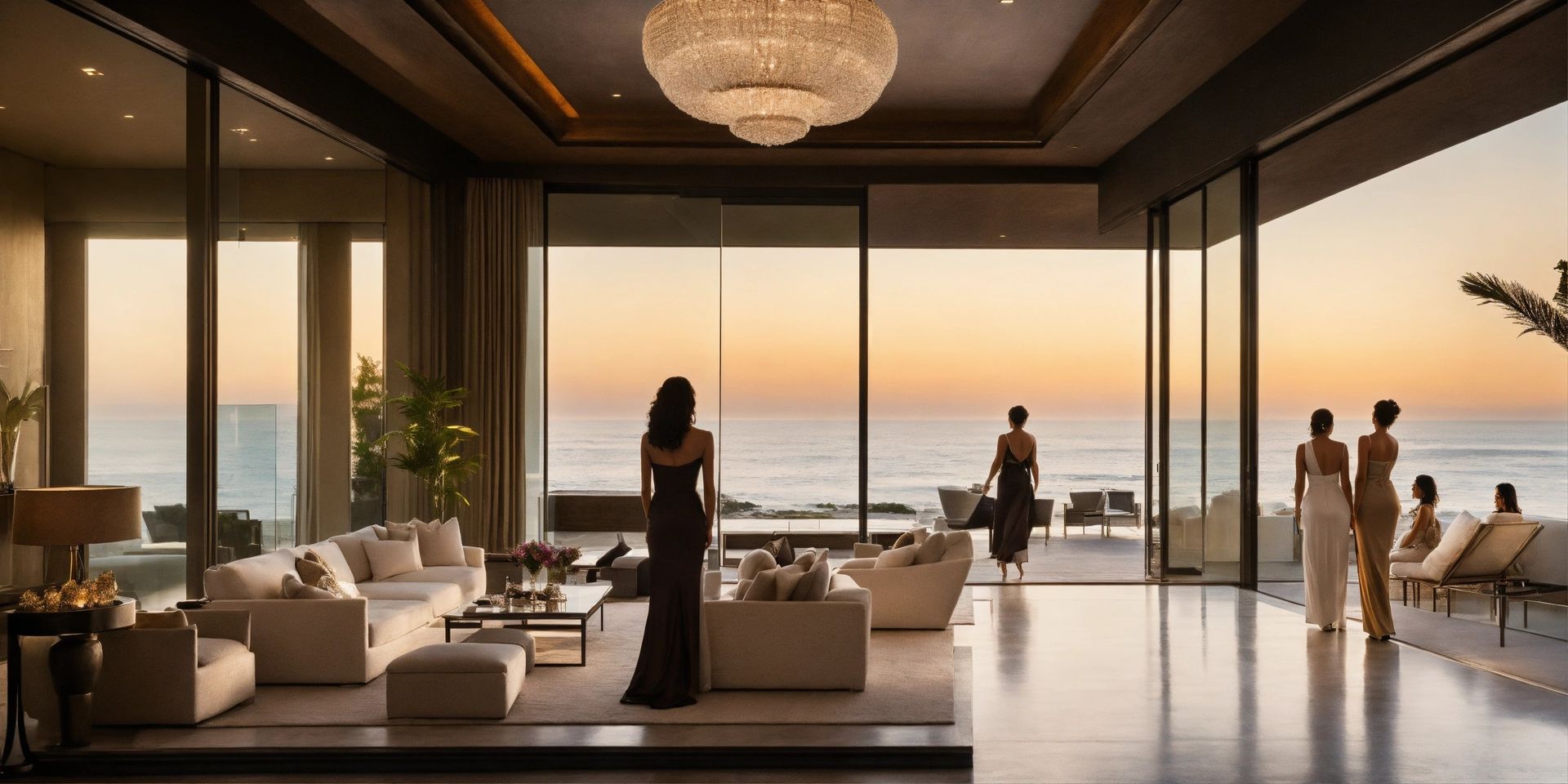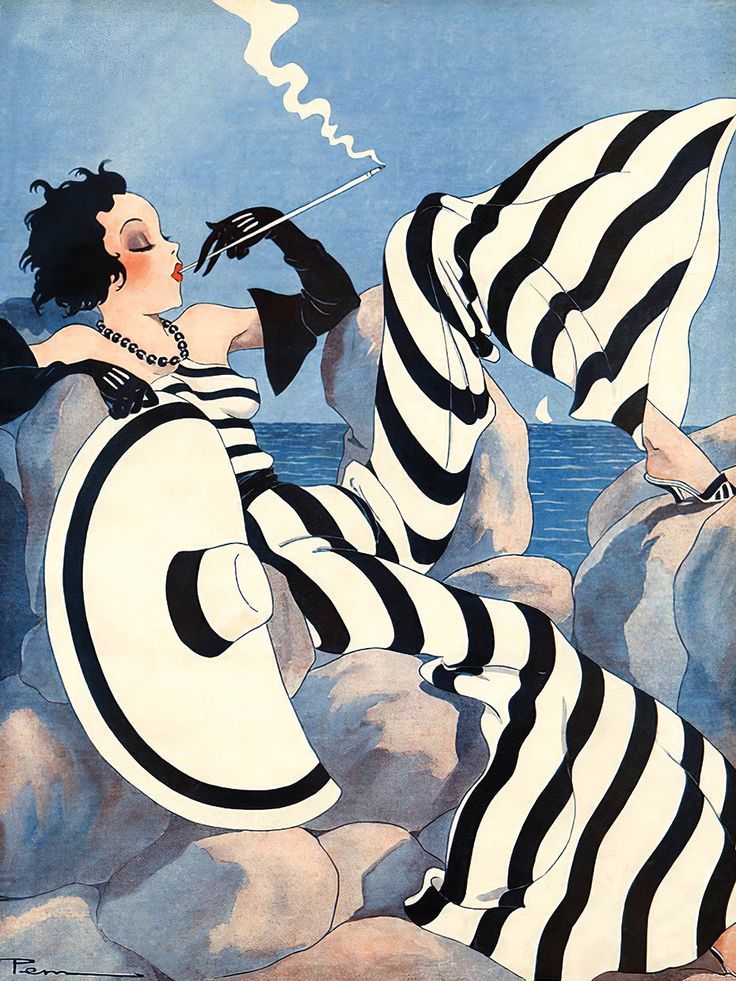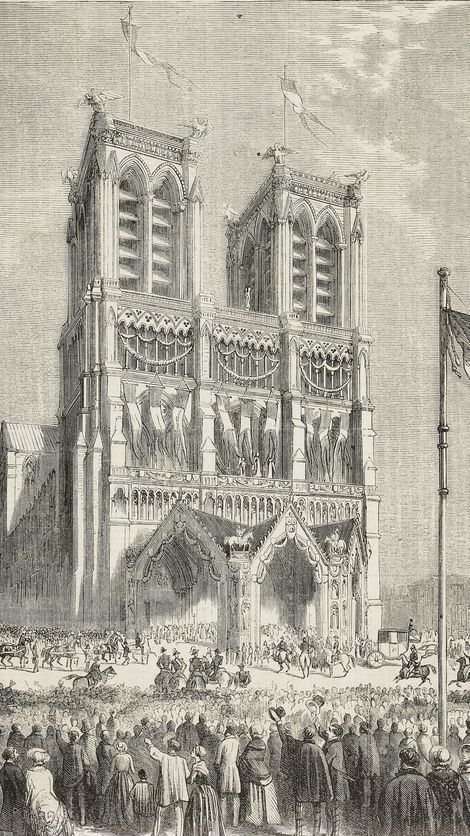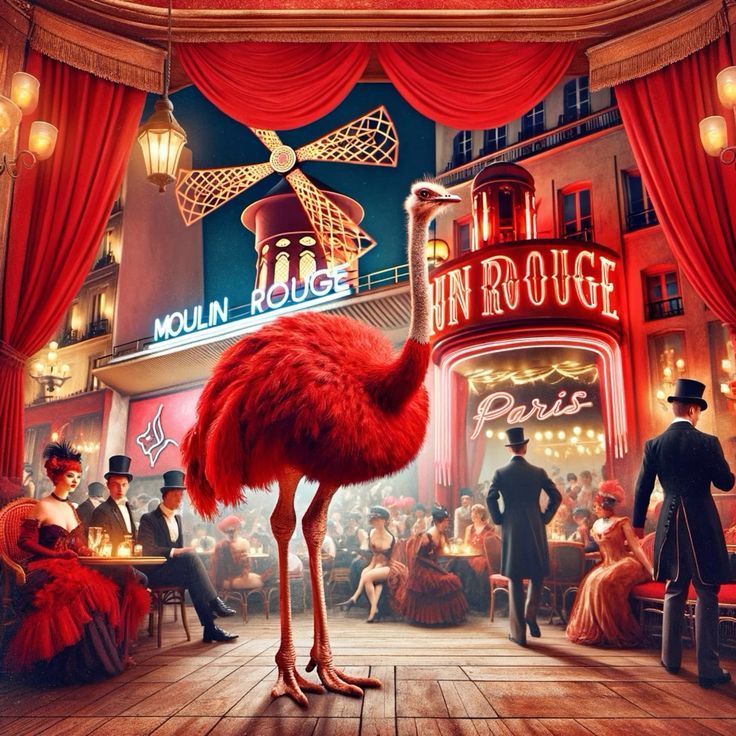Travel back in time through Parisian streets
Back in Time Travels!
Paris, the City of Light, holds within its boulevards and alleys a vibrant tapestry of history. As we wander through its streets, we are not just walking on stone and pavement but treading on centuries of stories, revolutions, art, and culture. In this journey, we will explore the essence of Parisian history, guiding you through a time-traveling experience that unveils the magic of this timeless city.

The Origins of Paris: From Lutetia to a Global Metropolis

Paris's story begins in the 3rd century BC when it was known as Lutetia, a small settlement of the Parisii tribe on the Île de la Cité. The strategic location on the Seine River allowed it to flourish, becoming a focal point of trade and culture.
In 52 BC, Lutetia was captured by the Romans under Julius Caesar, transforming into a Roman city with temples, baths, and an amphitheater. The remnants of this era can still be seen today in the Arènes de Lutèce and the Thermes de Cluny.
Medieval Marvels: The Birth of Gothic Architecture

The Middle Ages marked a significant transformation for Paris. It became a center of education and religion, with the construction of the Cathedral of Notre-Dame beginning in 1163. This masterpiece of Gothic architecture, with its flying buttresses, gargoyles, and stunning stained glass windows, stands as a testament to the city's medieval grandeur.
The Sainte-Chapelle, built in 1248, is another Gothic marvel, renowned for its magnificent stained glass that depicts biblical scenes with extraordinary vibrancy. Wandering through the Latin Quarter, one can feel the echoes of medieval scholars and theologians who once walked these streets.
Belle Époque: The Golden Age of Creativity

The Belle Époque, spanning from the late 19th century to the onset of World War I, was a period of immense cultural flourishing in Paris. The city was a magnet for artists, writers, and composers, leading to an explosion of creativity.
The Moulin Rouge in Montmartre became a symbol of this era, known for its vibrant nightlife and cabaret shows. Meanwhile, the Boulevard Haussmann and the Galeries Lafayette epitomized the opulence and innovation of the period.





